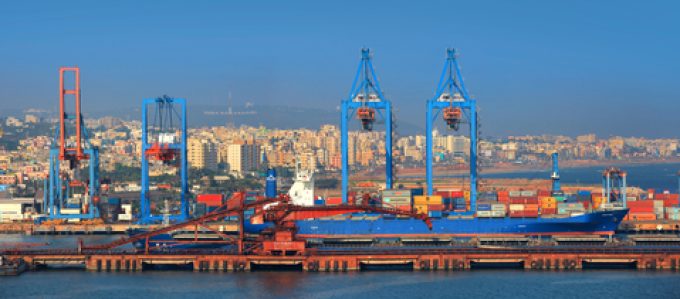
Freight rates on key ocean routes from India continue to decline
3 months ago
Freight rates on key ocean routes from India continue to decline

The downward trend in freight rates on major trade lanes from India shows no sign of slowing, with constrained container volumes keeping head-haul demand tight, industry analysts report.
Spot rates on the India–US East Coast route have dropped dramatically to below $3,000 per TEU, down from over $10,000 in July. Similarly, rates on India–Europe routes have more than halved since August, now sitting around $2,000 per TEU compared to $5,000.
These rate declines persist despite ongoing capacity challenges, including intermittent sailing disruptions. For instance, ONE, based in Singapore, has been facing vessel availability issues with its weekly independent WIN service to North America. “We need to deploy a few more vessels to navigate via the Cape of Good Hope and address some terminal concerns,” a ONE representative noted.
Freight forwarders anticipate that rates to the US and Europe will continue to soften at least until December, with a possible rebound thereafter. The upcoming Gemini alliance, a new partnership between Maersk and Hapag-Lloyd set to launch in early February, is expected to bring new capacity adjustments, which industry observers are closely monitoring for their impact on carrier market shares.
On a positive note, carriers focused on the India–Africa trade, primarily for agricultural exports, are experiencing rate increases. Rates to African ports have climbed recently following India’s decision to remove or lower export taxes on select agricultural goods, such as rice. A government statement confirmed the removal of the 10% tax on parboiled and husked (brown) rice, which has boosted export volumes. “The duty exemption has spurred exports,” an agricultural trader told The Loadstar.
Leading carriers on the India–West Africa route, including CMA CGM and Maersk, may benefit from this shift. However, the overall export landscape remains challenging, despite a modest 0.5% year-on-year increase in outbound merchandise trade last month, following a 9% drop in August, according to recent government data.
“The international trade disruptions, alongside fluctuations in crude and metal prices, have dampened export values to some extent,” said Ashwani Kumar, president of the Federation of Indian Export Organisations (FIEO). Exporters have called for government support in trade financing to help small and medium-sized enterprises stay competitive globally. “Despite exporters' hard work, trade finance barriers continue to hurt MSMEs, impacting the global competitiveness of Indian products,” Kumar added.
Meanwhile, India is preparing for Cyclone Dana, projected to make landfall late Thursday on the east coast of India and the southern coast of Bangladesh.
Source: The Loadstar